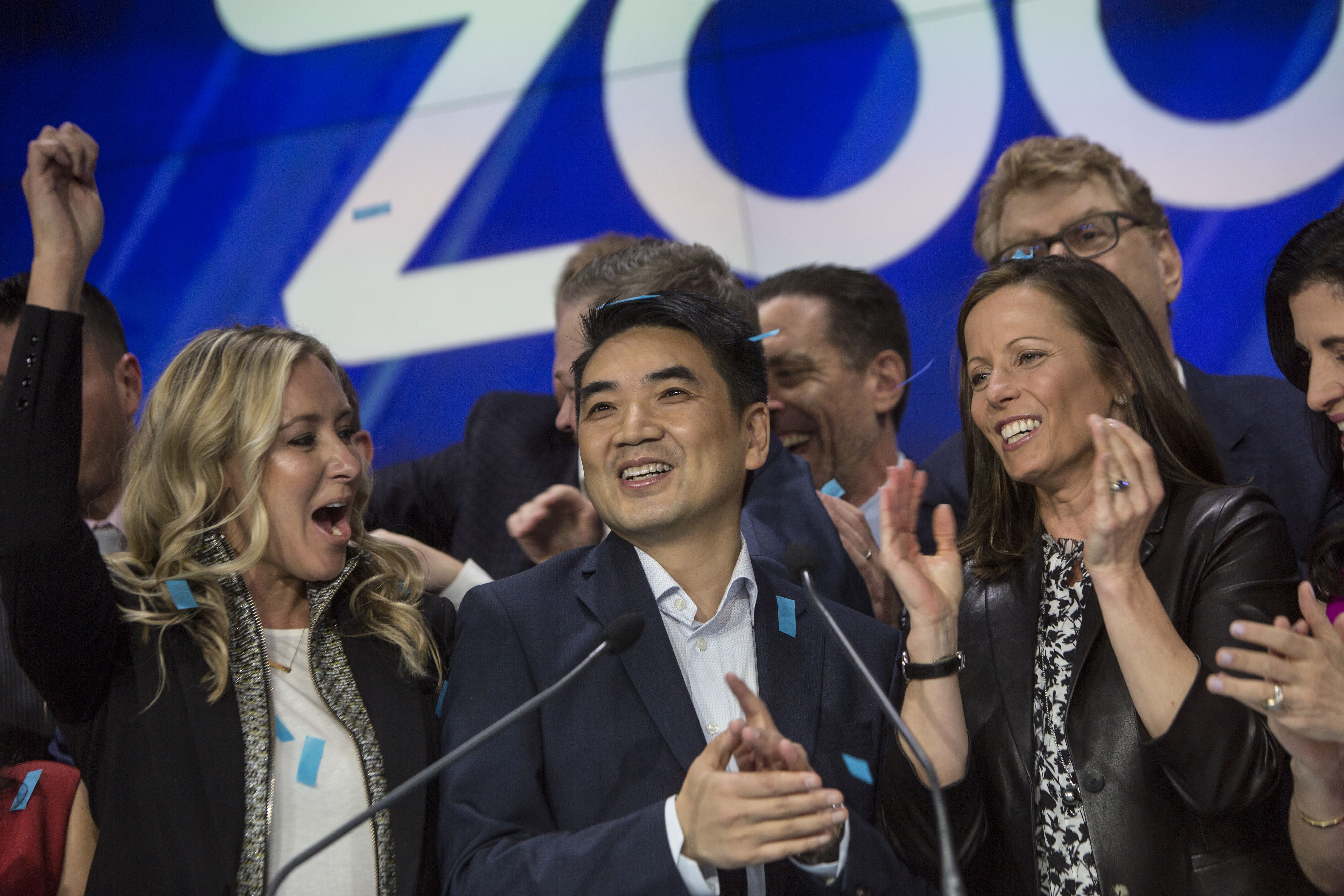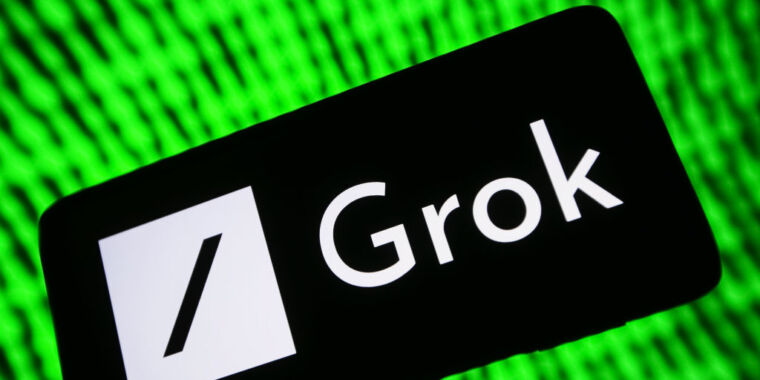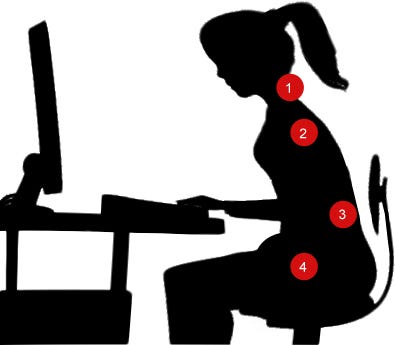
Communications of the ACM
Yoshua Bengio, Yann LeCun, and Geoffrey Hinton are recipients of the 2018 ACM A.M. Turing Award for breakthroughs that have made deep neural networks a critical component of computing.
Research on artificial neural networks was motivated by the observation that human intelligence emerges from highly parallel networks of relatively simple, non-linear neurons that learn by adjusting the strengths of their connections. This observation leads to a central computational question: How is it possible for networks of this general kind to learn the complicated internal representations that are required for difficult tasks such as recognizing objects or understanding language? Deep learning seeks to answer this question by using many layers of activity vectors as representations and learning the connection strengths that give rise to these vectors by following the stochastic gradient of an objective function that measures how well the network is performing. It is very surprising that such a conceptually simple approach has proved to be so effective when applied to large training sets using huge amounts of computation and it appears that a key ingredient is depth: shallow networks simply do not work as well.
We reviewed the basic concepts and some of the breakthrough achievements of deep learning several years ago.63 Here we briefly describe the origins of deep learning, describe a few of the more recent advances, and discuss some of the future challenges. These challenges include learning with little or no external supervision, coping with test examples that come from a different distribution than the training examples, and using the deep learning approach for tasks that humans solve by using a deliberate sequence of steps which we attend to consciously—tasks that Kahneman56 calls system 2 tasks as opposed to system 1 tasks like object recognition or immediate natural language understanding, which generally feel effortless.





















